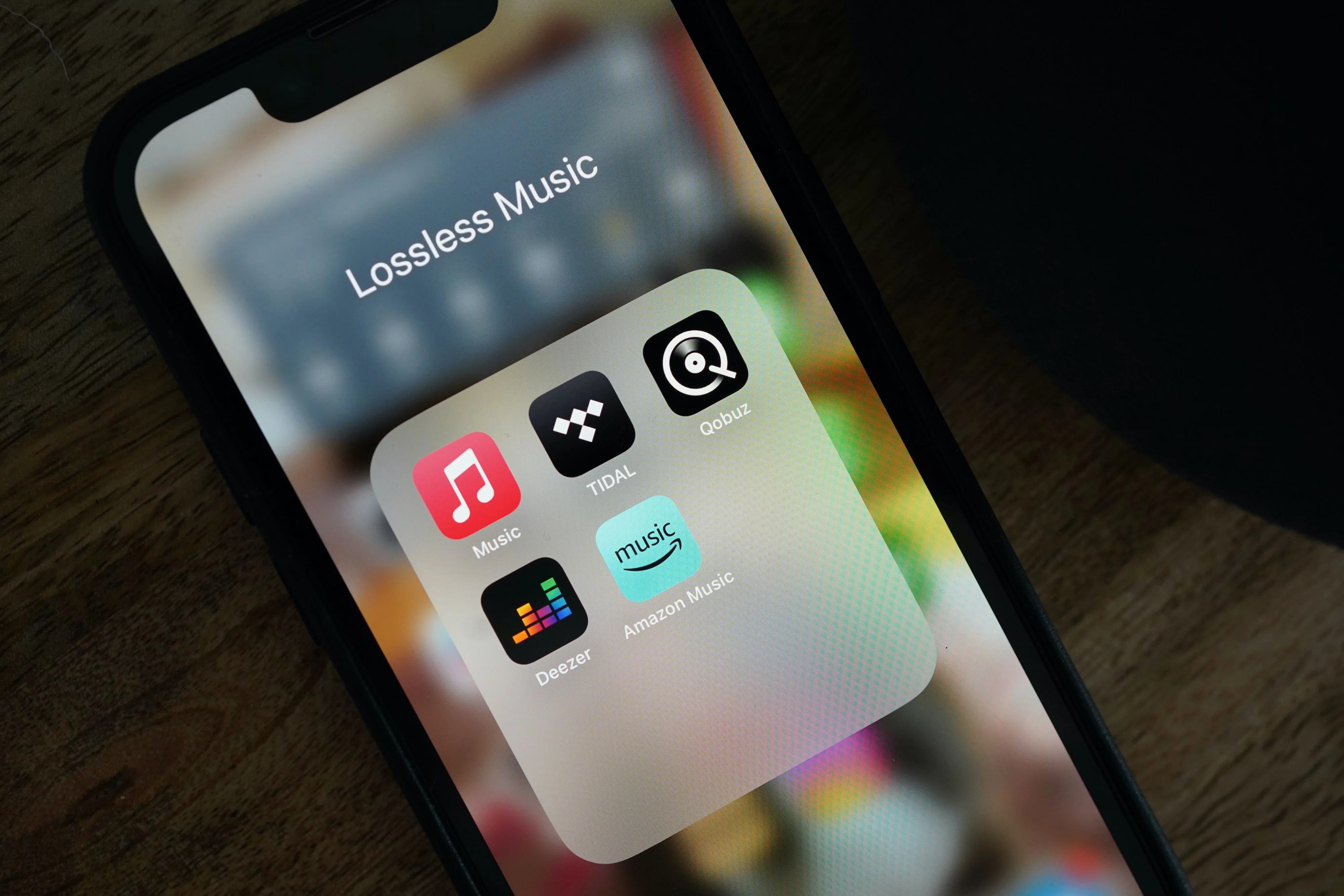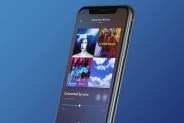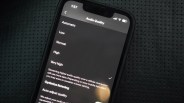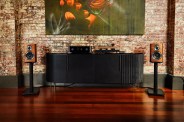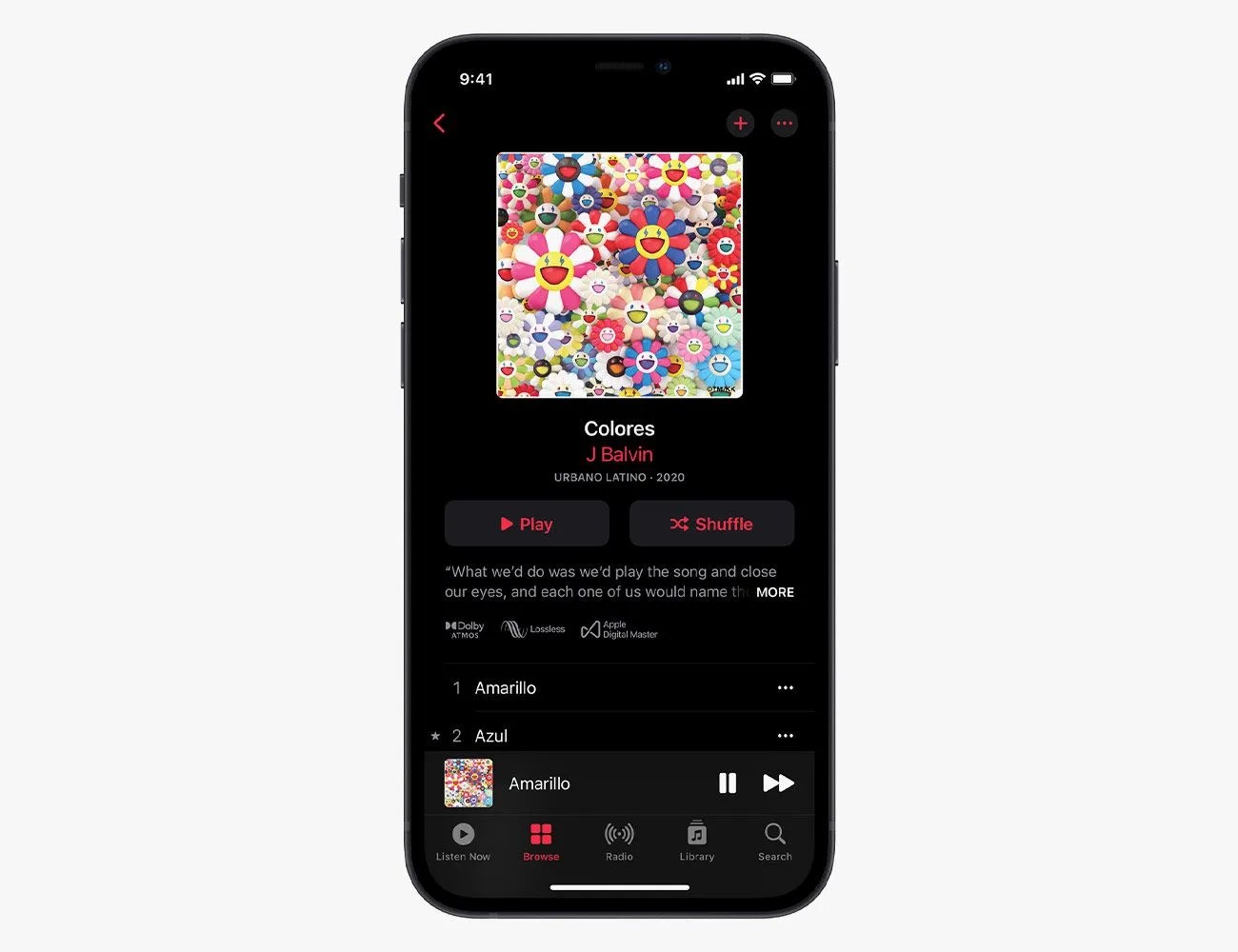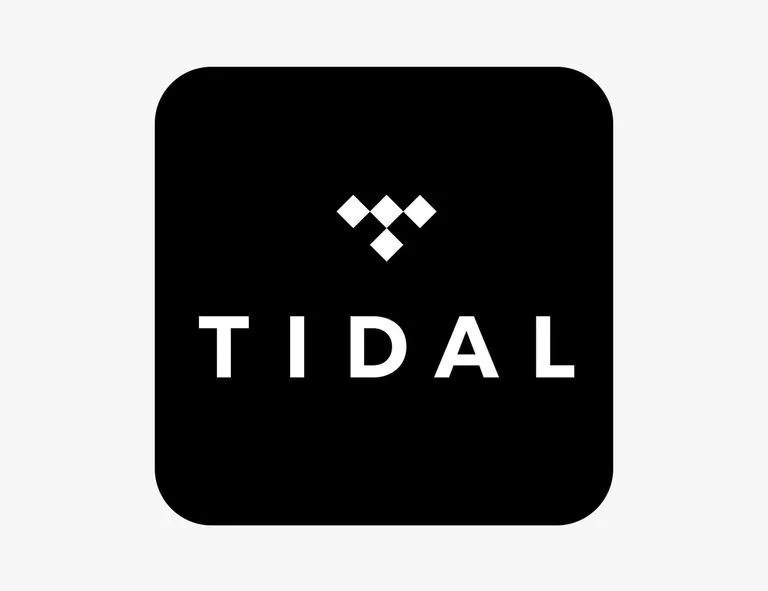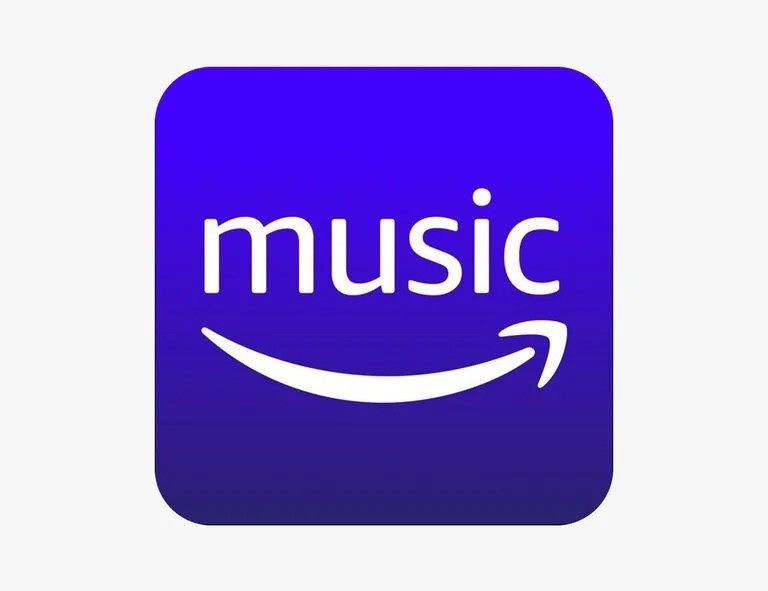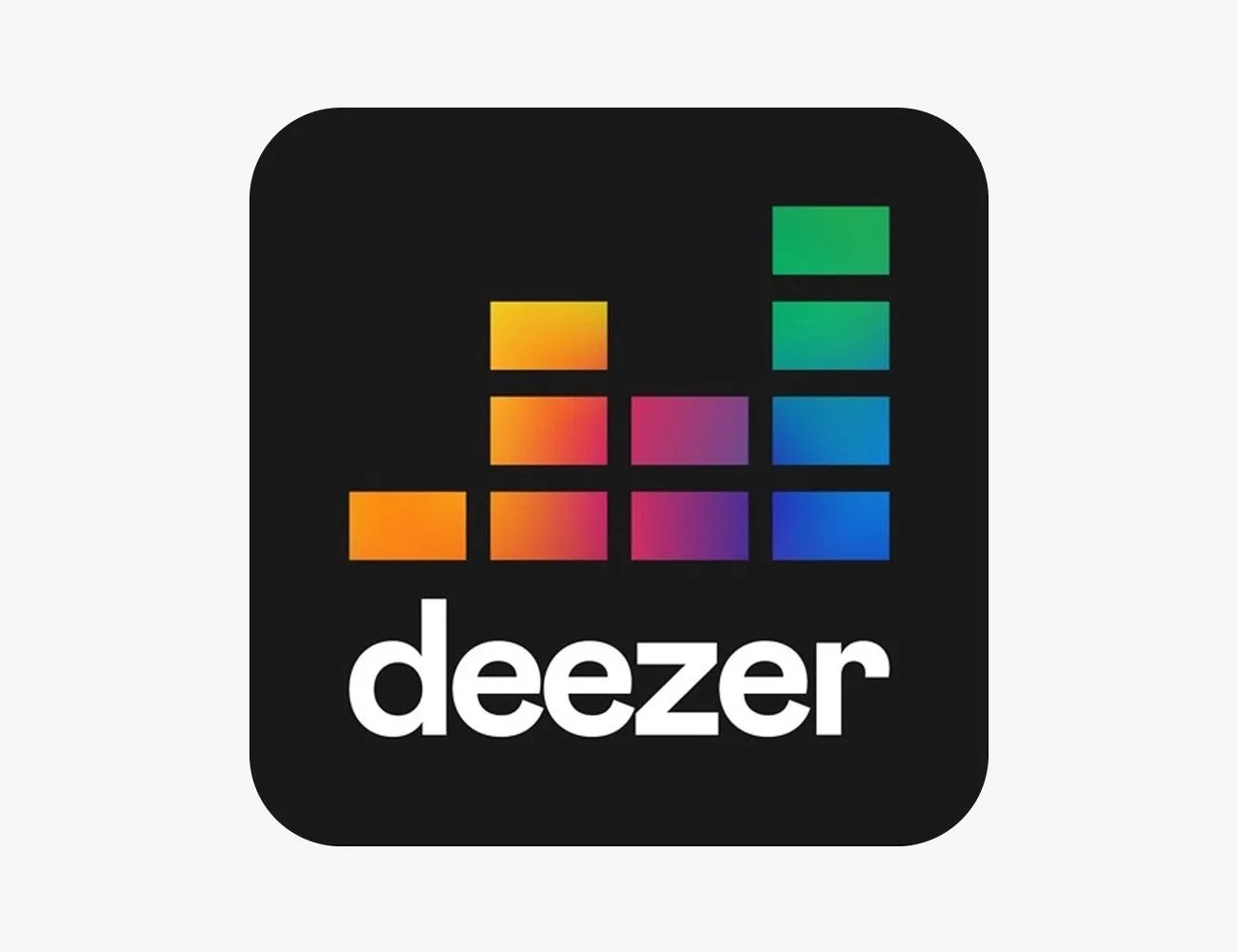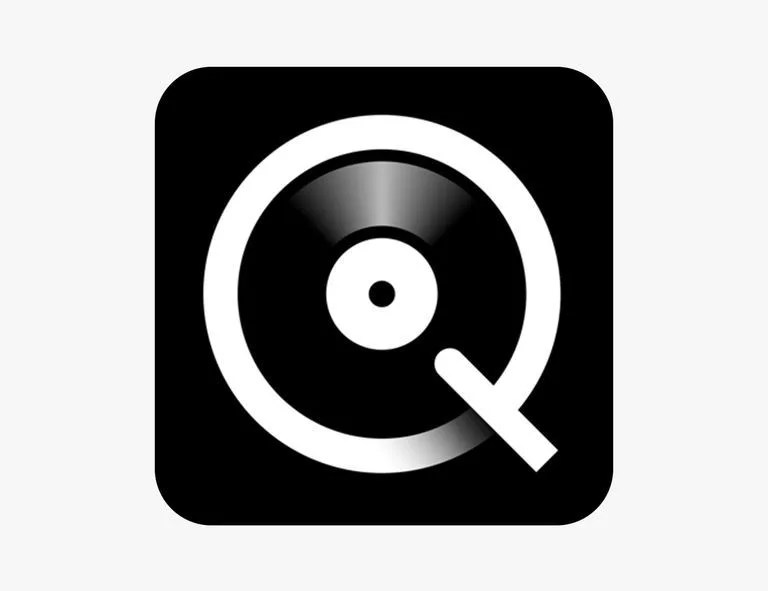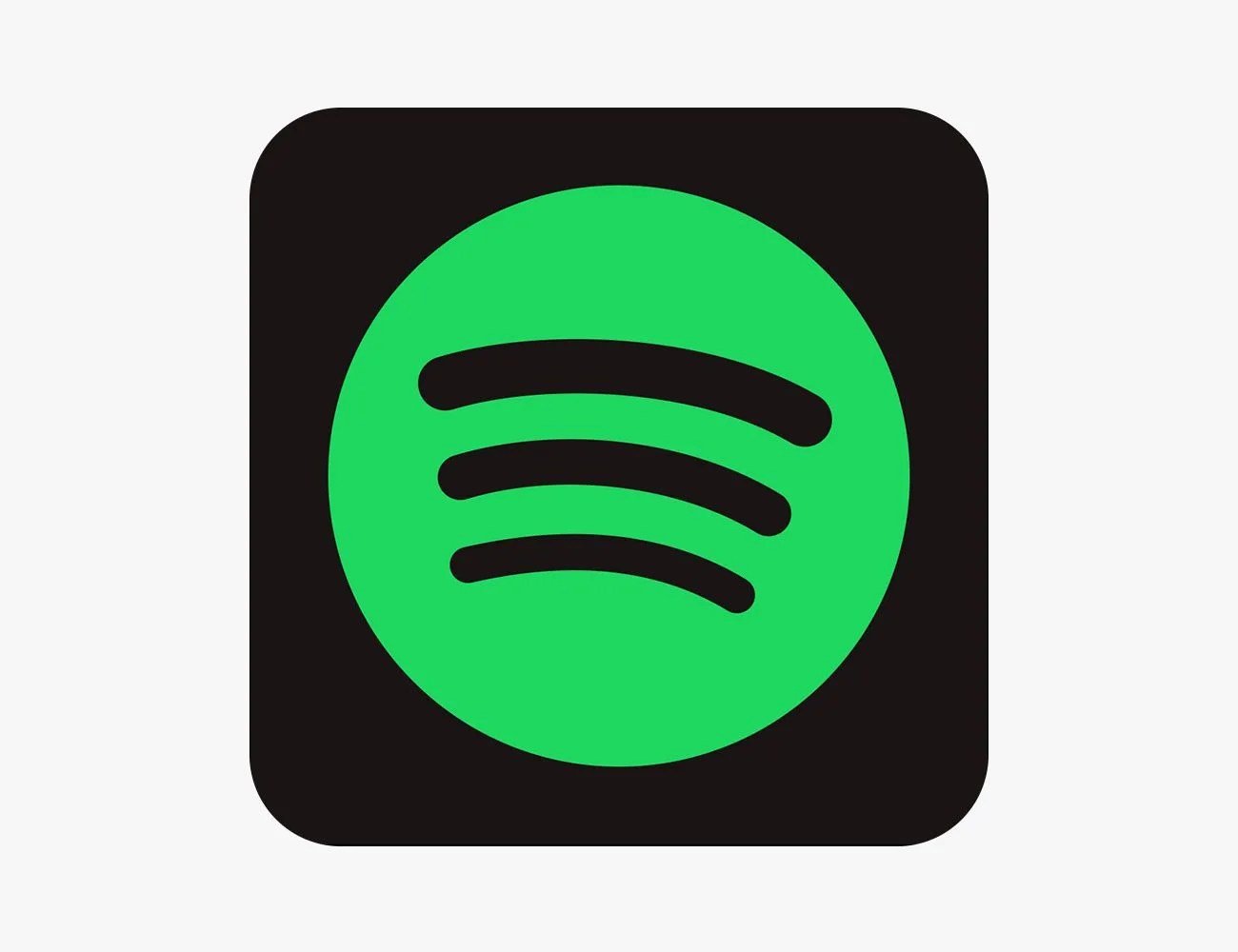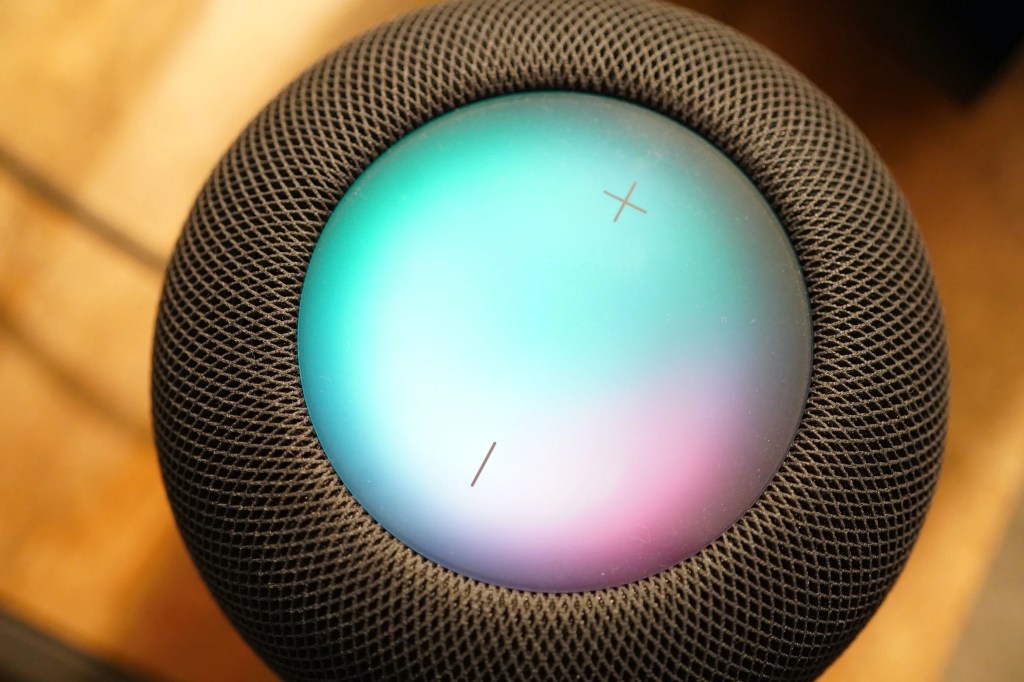It is official: we’re in the age of lossless streaming. It’s taken years and huge leaps in technology, but it’s finally getting easier to listen to high-quality audio without taking out the record player or CD player. That’s because the two biggest music streaming services, Apple Music and Spotify, have gotten in the mix — well, we’re still waiting for Spotify to roll out its hi-fi service — and it’s forced all the legacy lossless streaming services, like Tidal, Amazon, Qobuz and Deezer, to take notice.
Products in the Guide
The other great thing that this competition has caused is, it’s more affordable to get lossless streaming. Since Apple has introduced a lossless tier to Apple Music at no extra cost (an Apple Music subscription is now $11/month), it’s forced the hands of other streaming services; Tidal, Amazon Music HD, Deezer and Qobuz all made their lossless streaming subscriptions cheaper.
If you’re interested in upping your music subscription so that you can listen to CD-quality (or better) audio, we’ve rounded up the best lossless streaming services that will allow you to do just that.
What Is Lossless Music?
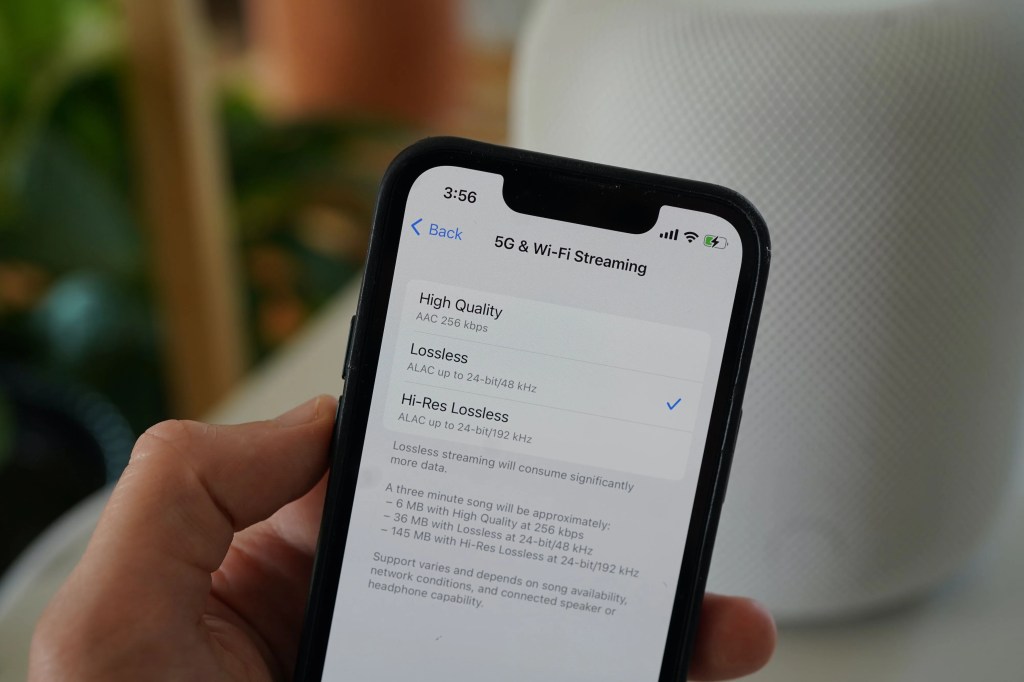 Tucker Bowe
Tucker BoweThe term “lossless” was essentially created to be a foil — or to mean the opposite — of “compressed” or “lossy,” which refers to digital music files that have had a lot of their details — specifically their high and low frequencies — stripped away in order to save space on your smartphone or computer.
